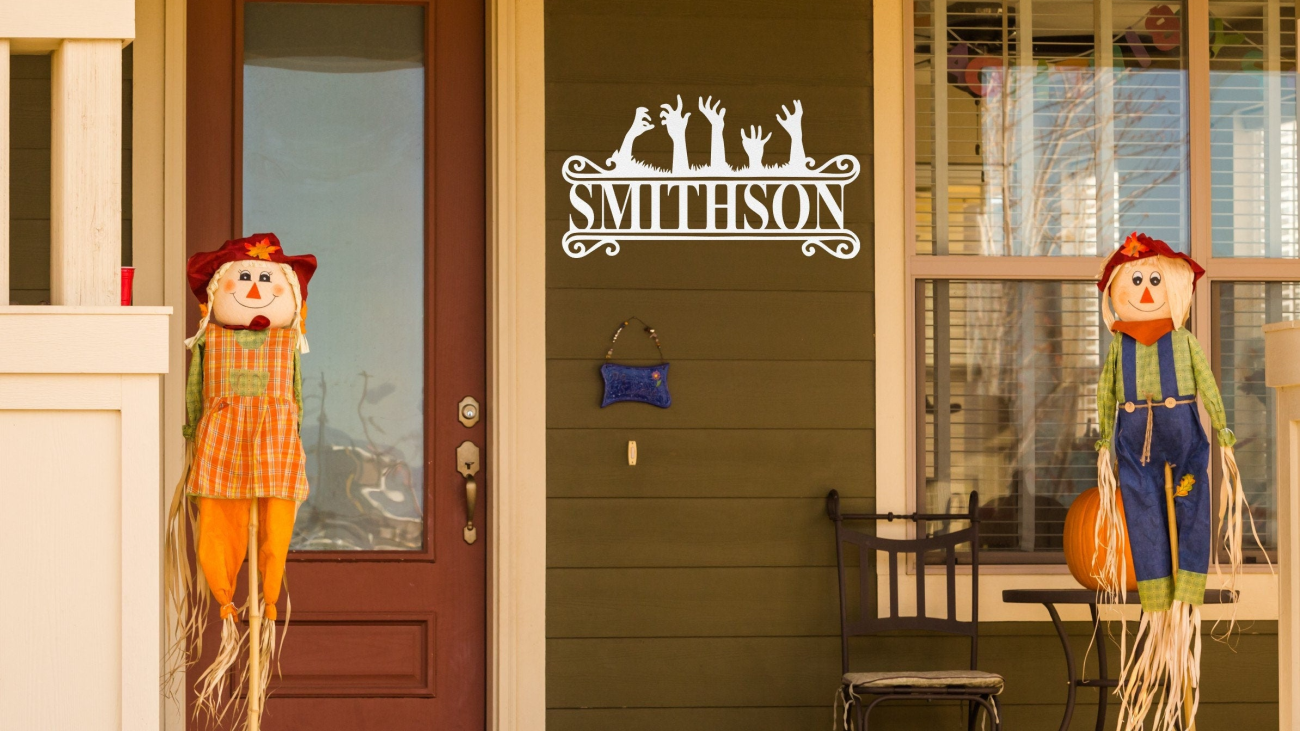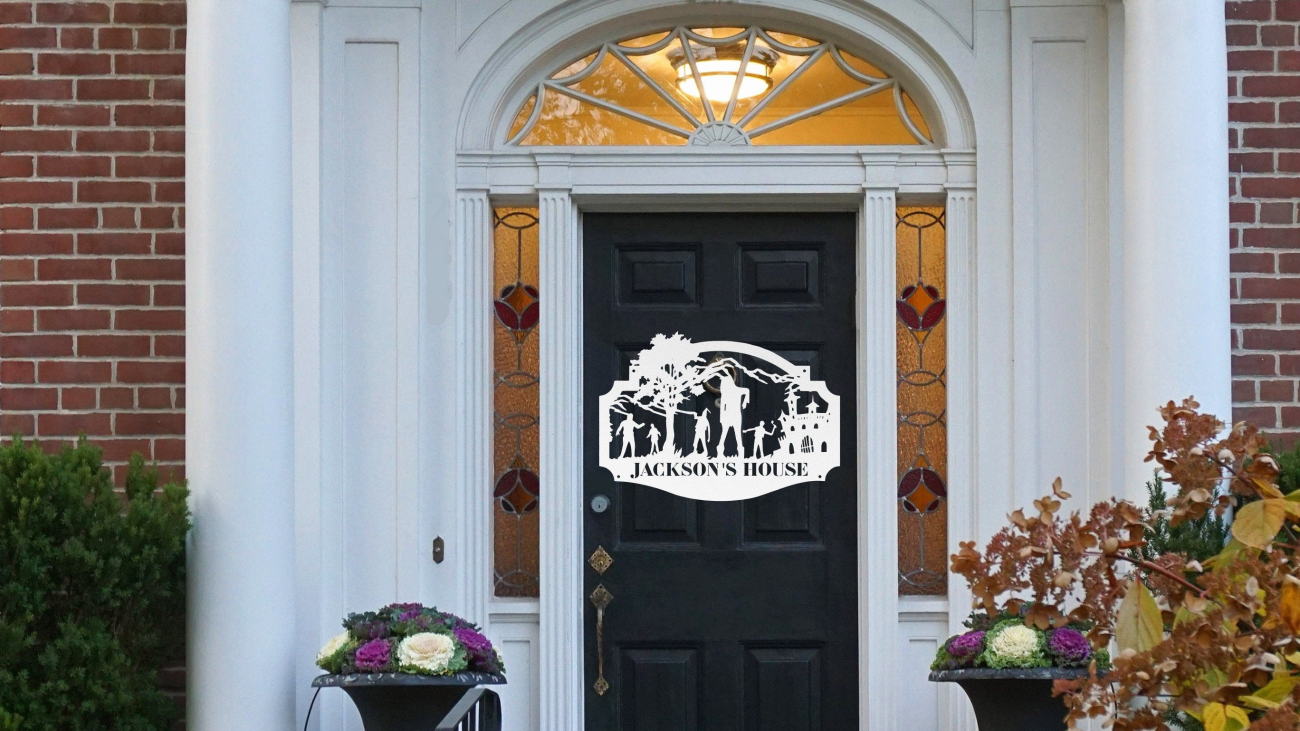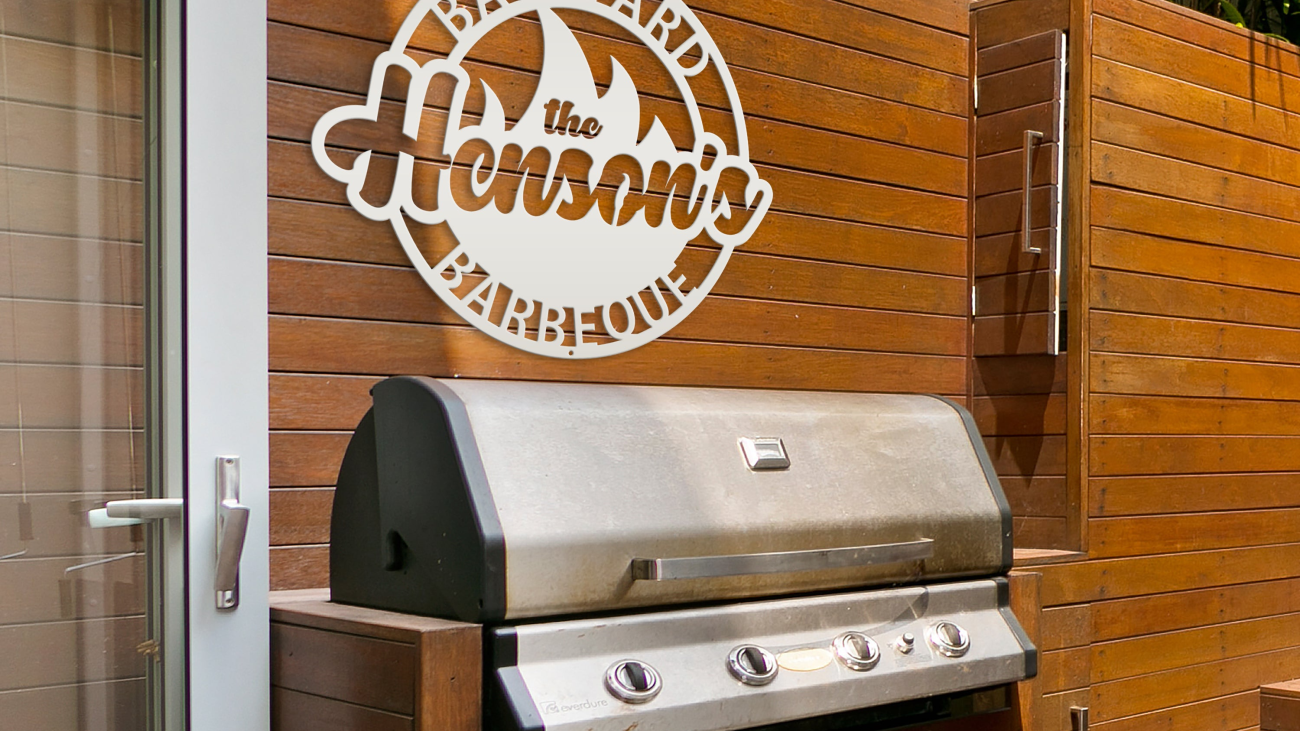Metal signs are an excellent way to add a touch of sophistication and professionalism to any business or establishment. They are durable, weather-resistant, and can convey important information or branding messages effectively. However, creating metal sign templates from scratch can be a daunting task, especially for those without design experience. Fortunately, with the help of modern design software, creating professional-looking metal sign templates has become much more accessible.
1. Understanding the Design Software
Design software is a powerful tool that allows users to create, edit, and manipulate various types of graphics and designs. There are many different design software options available, each with its own set of features and capabilities. Some popular choices for creating metal sign templates include Adobe Illustrator, CorelDRAW, and Inkscape.
Choosing the Right Software
When selecting a design software, it’s essential to consider your needs, budget, and skill level. Adobe Illustrator and CorelDRAW are industry-standard software used by professional designers, while Inkscape is a free and open-source alternative that offers a good range of features.
Learning the Basics
Most design software has a steep learning curve, especially for beginners. It’s essential to take the time to learn the basics, such as using tools, working with layers, and understanding vector graphics. Many software programs offer tutorials, online courses, and user guides to help users get started.
Familiarizing with the Interface
Before diving into creating metal sign templates, it’s crucial to familiarize yourself with the software’s interface. Understand where the various tools and panels are located, and how to navigate through the different menus and options. This will make the design process smoother and more efficient.
2. Setting Up the Design Canvas
Once you’ve chosen your design software and familiarized yourself with the interface, the next step is to set up the design canvas for your metal sign template.
Determining the Sign Dimensions
The first step in setting up the canvas is to determine the dimensions of your metal sign. This will depend on the size and shape of the sign you’re creating. It’s essential to have accurate measurements to ensure your design fits the physical sign correctly.
| Common Metal Sign Sizes |
|---|
| 12″ x 18″ |
| 18″ x 24″ |
| 24″ x 36″ |
| Custom Sizes |
Creating a New Document
After determining the sign dimensions, create a new document in your design software. Most programs will prompt you to enter the dimensions and set up the canvas accordingly.
Setting Up Guides and Rulers
Guides and rulers are essential tools in design software that help you align and position elements accurately. Set up guides to mark the boundaries of your sign design, and use rulers to ensure precise measurements.
Establishing a Grid System
A grid system can be a valuable tool when creating metal sign templates. It helps you organize and align elements consistently, ensuring a clean and professional-looking design.
3. Designing the Layout
With the canvas set up, it’s time to start designing the layout for your metal sign template.
Determining the Design Elements
Before you start designing, it’s crucial to determine the elements you want to include in your metal sign template. This could include text, logos, graphics, or other visual elements.
- Text: Decide on the font style, size, and color for any text elements.
- Logos: Ensure you have high-quality versions of any logos or branding elements you plan to include.
- Graphics: Consider incorporating relevant graphics or icons to enhance the design.
Creating a Hierarchy
Effective design often involves creating a visual hierarchy, where certain elements are given more prominence than others. This helps guide the viewer’s eye and ensures the most important information is easily recognizable.
- Use different font sizes and weights to establish a hierarchy for text elements.
- Position the most important elements in strategic locations, such as the center or top of the design.
- Consider using contrasting colors or shapes to make specific elements stand out.
Aligning and Positioning Elements
Proper alignment and positioning of design elements are crucial for creating a clean and professional-looking metal sign template.
- Use guides and rulers to ensure elements are aligned consistently.
- Experiment with different layout options, such as centered, left-aligned, or right-aligned designs.
- Consider the negative space around elements and ensure they are balanced and visually appealing.
Incorporating Branding and Style Guidelines
If you’re creating a metal sign template for a business or organization, it’s essential to incorporate their branding and style guidelines into the design.
- Use the correct brand colors, fonts, and logos.
- Follow any specific design guidelines or style rules provided.
- Ensure the overall design is consistent with the brand’s visual identity.
4. Working with Text
Text is often a crucial element in metal sign templates, as it conveys important information or messaging. Design software offers various tools and features to help you work with text effectively.
Choosing the Right Fonts
The choice of fonts can significantly impact the overall look and feel of your metal sign template. Consider the following when selecting fonts:
- Readability: Ensure the font is legible and easy to read, especially from a distance.
- Style: Choose fonts that align with the desired tone and aesthetic of the sign.
- Licensing: Ensure you have the proper licensing for any commercial fonts you plan to use.
Editing and Formatting Text
Design software provides various tools for editing and formatting text, such as:
- Changing font styles, sizes, and colors
- Adjusting line spacing and character spacing
- Adding effects like outlines, shadows, or bevels
- Converting text to vector paths for further manipulation
Creating Text Layouts
When working with larger bodies of text, it’s important to create a well-organized and visually appealing layout.
- Use columns, bulleted lists, or tables to structure information.
- Incorporate headings and subheadings to break up text.
- Adjust line lengths and paragraph spacing for optimal readability.
Adding Special Characters and Symbols
Some metal sign templates may require the use of special characters or symbols, such as bullets, arrows, or icons.
- Many design software programs include libraries of symbols and icons.
- You can also create custom symbols using the software’s drawing tools.
- Consider using a consistent set of symbols or icons throughout the design for cohesion.
5. Incorporating Graphics and Visuals
In addition to text, metal sign templates often benefit from the inclusion of graphics and visuals to enhance their overall appearance and appeal.
Using Vector Graphics
Vector graphics are ideal for metal sign templates as they can be scaled to any size without losing quality.
- Design software typically includes tools for creating and manipulating vector graphics.
- You can also import pre-existing vector graphics from other sources.
- Consider using simple, clean shapes and designs that complement the text elements.
Working with Raster Images
While vector graphics are preferred, some designs may require the use of raster images, such as photographs or textures.
- Ensure raster images are high-resolution to maintain quality when printed or cut.
- Adjust image settings like brightness, contrast, and saturation to achieve the desired look.
- Consider converting raster images to vector paths for greater flexibility and scalability.
Combining Text and Graphics
Combining text and graphics effectively can create visually striking and memorable metal sign templates.
- Experiment with overlaying text on top of graphics or vice versa.
- Use contrasting colors or shapes to make text and graphics stand out from each other.
- Maintain a balanced composition, ensuring neither element overwhelms the other.
Adding Visual Texture and Depth
To give your metal sign template a more realistic and dimensional appearance, consider adding visual texture and depth.
- Use gradient fills or patterns to simulate the look of different metal finishes.
- Add shadows or highlights to create a sense of depth and dimensionality.
- Incorporate metallic effects or textures to mimic the appearance of real metal.
6. Finalizing and Exporting the Design
Once you’ve completed your metal sign template design, there are a few final steps to take before exporting it for production.
Reviewing and Proofreading
Thoroughly review your design to ensure it meets all requirements and looks exactly as intended.
- Proofread all text for spelling and grammar errors.
- Check for any misaligned or poorly positioned elements.
- Ensure the design adheres to any provided branding or style guidelines.
Preparing for Production
Depending on the production method for your metal sign, you may need to prepare your design file accordingly.
- For laser cutting or engraving, convert text and graphics to vector paths or outlines.
- For printing, ensure raster images are at the correct resolution and color settings.
- Consider adding bleed or crop marks to aid in the production process.
Exporting the Design
Once your design is finalized and prepared, export it to the appropriate file format required for production.
- Common vector file formats include AI (Adobe Illustrator), CDR (CorelDRAW), and SVG (Scalable Vector Graphics).
- Raster fileformats like PNG or TIFF may be necessary for certain production methods.
- Consider exporting a high-resolution PDF for easy viewing and sharing with clients or production partners.
Sending for Approval
Before sending your design off for production, it’s essential to obtain approval from the client or stakeholders.
- Provide mockups or proofs of the design for review.
- Address any feedback or requested changes promptly.
- Once approved, proceed with sending the finalized design to the production team.
Conclusion
Designing a metal sign template requires careful consideration of various elements, from layout and alignment to text and graphics. By following best practices and utilizing design software effectively, you can create visually appealing and professional-looking templates for a wide range of applications.
Remember to align and position elements thoughtfully, incorporate branding guidelines, choose appropriate fonts, and balance text with graphics. Pay attention to details like special characters, vector graphics, and visual effects to enhance the overall design. Finally, ensure your design is thoroughly reviewed, prepared for production, and exported correctly before sending it off for approval.
With these tips and techniques in mind, you can confidently create metal sign templates that effectively communicate messages, promote brands, and attract attention in various settings. Whether you’re designing signs for businesses, events, or personal use, applying these principles will help you achieve outstanding results in your metal sign projects.

 Cart is empty
Cart is empty 

